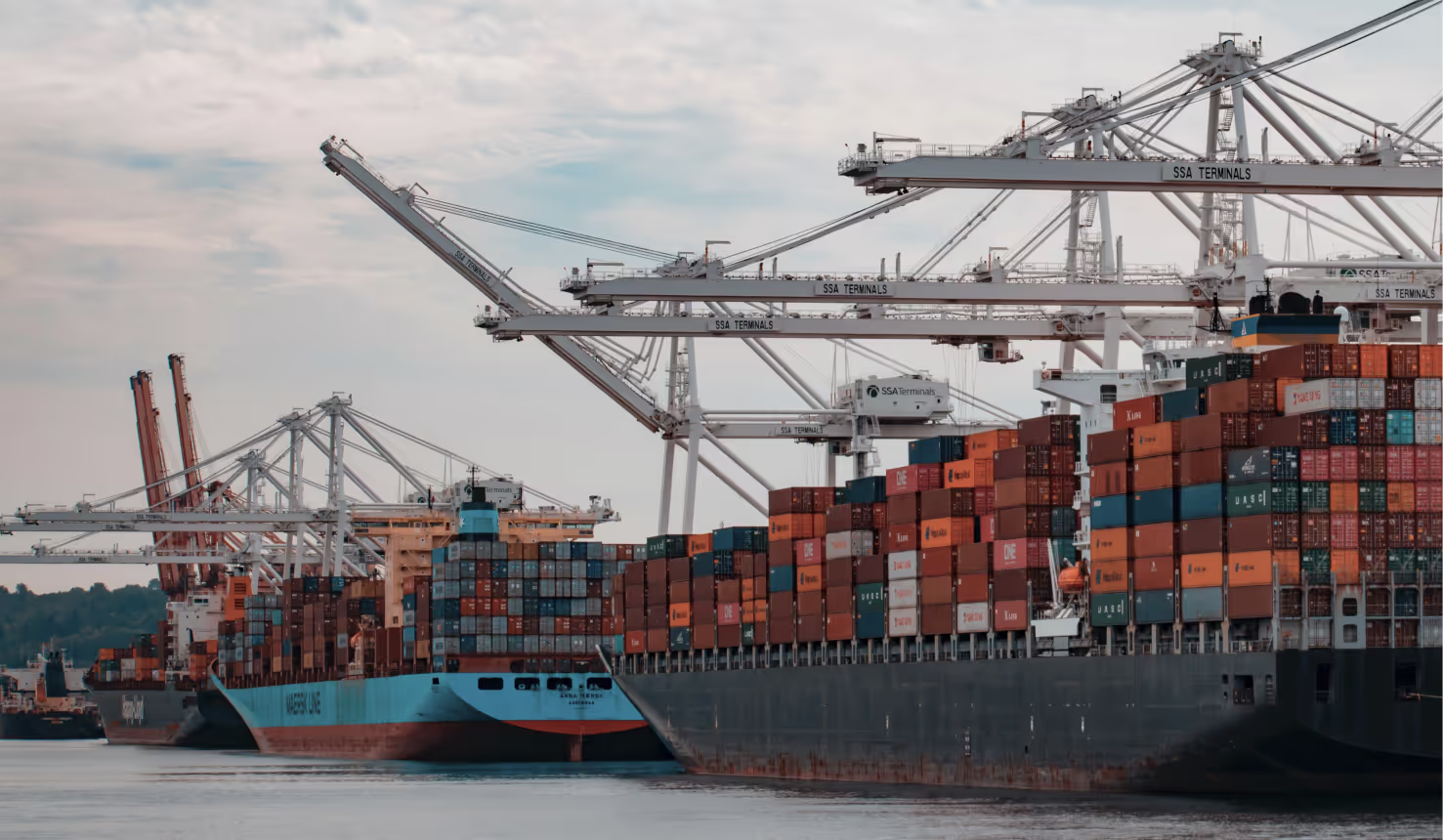Breaking Down the EU's New Carbon Tax: CBAM

Join the community





The European Union (EU) has taken the lead in establishing regulations on environmental, social, and governance (ESG) issues, surpassing other regions of the world.
Recent examples include the EU urging big companies to regularly publish reports on their environmental and social impact activities, implementing labeling standards for the textile industry, establishing standards for pet health and nutrition, and enacting ESG legislation in the financial services industry.
Their latest climate policy is the Europe-wide implementation of a tax on carbon in imported goods, also known as the Carbon Border Adjustment Mechanism (CBAM).
CBAM imposes an import tax on carbon-intensive products such as cement, steel, fertilizer, and electricity.
Why is the EU implementing a carbon tax on imports?
Since 2005, the EU has levied a carbon price on highly polluting industries like the energy sector, manufacturing industry, and aircraft operators within its own borders. Under this climate policy, businesses receive a certain number of free allowances to emit carbon. If they emit beyond that, they have to pay around €80 ($85) per metric ton of CO₂.
EU members are required to put these penalties into projects that reduce carbon emissions or improve climate resilience.
Firms can circumvent this by moving production units outside the EU and then exporting products back to the EU. In that case, they won't be charged for emissions that exceed the limit set by the EU. To plug this loophole, the EU came up with CBAM.
How does the Carbon Border Adjustment Mechanism (CBAM) work?
Under CBAM, similar to producers within the EU borders, importers will also be charged the same for carbon emissions. It is an import tax on carbon-intensive industries like cement, iron, steel, aluminum, fertilizers, electricity, and hydrogen.
Earlier, an importer of Chinese steel or Algerian cement did not have to pay any carbon tax. Under CBAM, similar to the EU producers, they will have a cap on their carbon emissions. If they cross that cap, they will have to pay a penalty in the form of CBAM certificates.
This will ensure that the carbon in high-emission products sold in the EU is priced at the same rate, irrespective of where these products are produced.
The CBAM certificates will be applicable from 2026. From October 2023 to December 2025, the importers of goods covered by the CBAM will have to measure and declare their emissions.
If a steel or cement manufacturer outside the EU pays for carbon credits in its own country, the EU importer will not pay for additional credits.
This climate policy has the potential to encourage high-emission industries worldwide to measure and decrease their carbon emissions. It could also serve as a model for other countries to implement their own carbon taxes.
However, critics are concerned about the potential impact on African economies that heavily rely on exporting these goods to the EU. These economies may not be ready to immediately take action to reduce their emissions.












